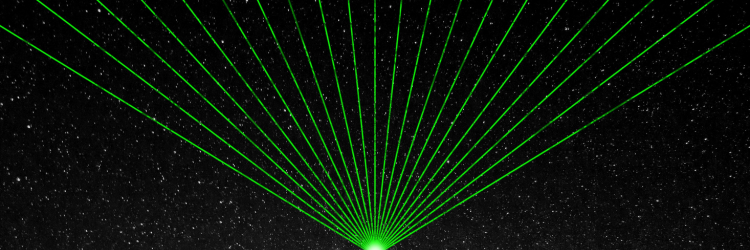Researchers at Duke University and Purdue University managed the arrangement of multiple inorganic and organic layers in crystals with a novel technique, controlling energy levels of electrons and holes within perovskites. The tuning influences the optoelectronic properties of materials and their ability to emit light of specific energies, demonstrated by their ability to function as a laser source.
Within the research, experimental teams synthesize the materials and characterize their properties, and a theoretical team performs computational simulations to predict the electronic structure and properties of the materials. The research is published in the journal Nature Chemistry.
There’s been an investment of almost 20 years into making these kinds of calculations in larger systems. The study involved simulating structures, including up to around 900 atoms, with an advanced methodology, using supercomputers to handle some of the most extensive calculations on the planet.
Perovskite materials have gained attention due to their unique properties, particularly in semiconductors. They can be used in applications like light-emitting diodes (LEDs), solar cells, and lasers.
The study focuses on refining the structural control of layered perovskite materials with organic semiconductor incorporation. They’ve been made before with single layers of components, but controlling the thickness of the inorganic component has remained elusive for these more complex organic semiconductor-incorporated perovskites.
The researchers found that the organic components added to the inorganic layers affect semiconductor properties, such as energy levels and light emission. When carefully controlling the arrangement of atoms and the number of layers in these structures, the researchers can tune the optical and electronic properties of the resulting material.


